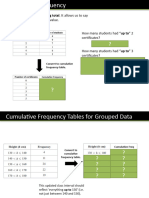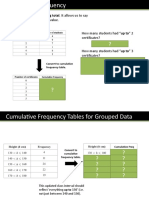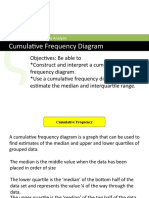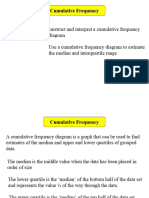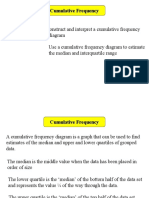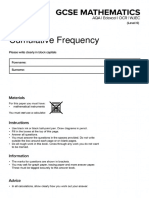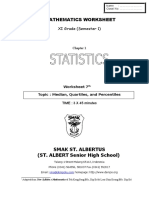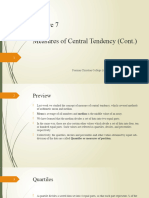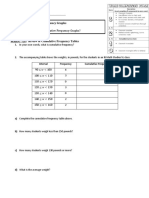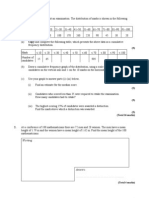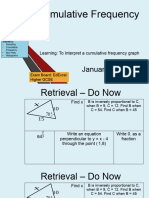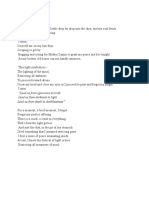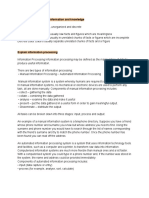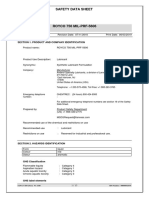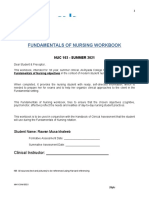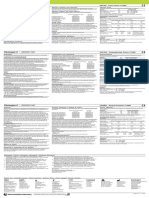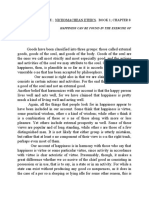0% found this document useful (0 votes)
38 views13 pagesMathsExtended Chapter16
This chapter discusses cumulative frequency tables, quartiles, interquartile ranges, box plots, and comparing distributions. It provides an example of constructing a cumulative frequency table from a grouped frequency table and using it to draw a cumulative frequency diagram. The diagram reflects the characteristics of the data distribution. The cumulative frequency graph can then be used to estimate values, such as the number of values below a given time or the time taken for a certain number of students to solve a puzzle.
Uploaded by
renell simonCopyright
© © All Rights Reserved
We take content rights seriously. If you suspect this is your content, claim it here.
Available Formats
Download as PDF, TXT or read online on Scribd
0% found this document useful (0 votes)
38 views13 pagesMathsExtended Chapter16
This chapter discusses cumulative frequency tables, quartiles, interquartile ranges, box plots, and comparing distributions. It provides an example of constructing a cumulative frequency table from a grouped frequency table and using it to draw a cumulative frequency diagram. The diagram reflects the characteristics of the data distribution. The cumulative frequency graph can then be used to estimate values, such as the number of values below a given time or the time taken for a certain number of students to solve a puzzle.
Uploaded by
renell simonCopyright
© © All Rights Reserved
We take content rights seriously. If you suspect this is your content, claim it here.
Available Formats
Download as PDF, TXT or read online on Scribd
/ 13

